The ’70s and ’80s—what a time to be alive, especially if you were a fan of explosive cinematic thrills! As someone who vividly remembers those days from the front row of countless movie theaters, I can tell you it wasn’t just about watching movies; it was about experiencing a revolution. These decades didn’t just produce action films; they forged an entire new landscape of entertainment, giving us heroes (and anti-heroes!) who would define the genre for generations to come.
Before the days of CGI making everything possible, these actors brought grit, charisma, and often, a whole lot of muscle to the big screen. They weren’t just portraying characters; they were embodying archetypes that filmmakers still look to today. From one-man armies facing impossible odds to relatable cops just trying to survive a bad day, these incredible talents created a blueprint for action movie stardom that’s still relevant, even as the genre continues to evolve.
So, buckle up, because we’re about to take a deep dive into the careers of 14 phenomenal actors who didn’t just star in action movies—they *became* the very soul of ’70s and ’80s action cinema. These are the legends whose memorable performances and iconic roles truly changed the game and etched themselves into the annals of pop culture history. Let’s kick things off with our first seven titans, the undisputed groundbreakers!
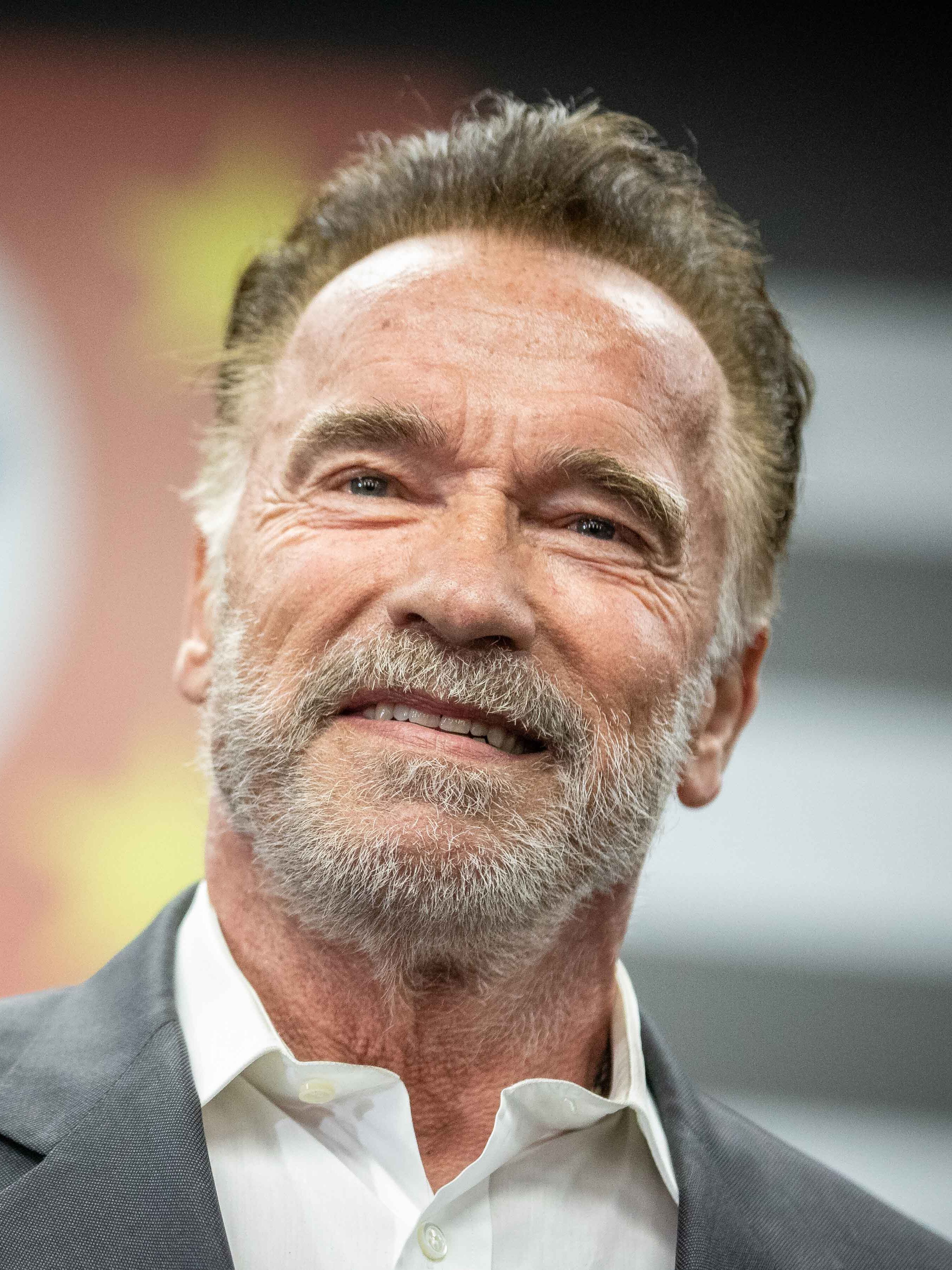
1. **Arnold Schwarzenegger: The Unstoppable Force**
When you think of ’80s action, it’s pretty hard not to immediately picture Arnold Schwarzenegger. The man was, quite literally, the poster boy for the genre, with an exaggerated physique that perfectly matched the larger-than-life characters he brought to the screen. From his early barbarian days to becoming a sci-fi legend, Arnie’s impact on action cinema is simply undeniable, setting a benchmark for what audiences expected from their hero.
His breakout moment for many American audiences arrived in 1984 with “The Terminator,” a James Cameron sci-fi thriller that was nothing short of revolutionary. Arnold started out as the ultimate unstoppable antagonist, an emotionless machine sent from the future. However, by the 1991 sequel, he was flipping the script and becoming the unlikely hero, proving his versatility and cementing his status as a leading man.
“The Terminator” wasn’t just a hit; it created a new template for action movie characters. Arnold’s emotionless efficiency, combined with those now-iconic one-liners, brought a fresh blend of superhuman capabilities and memorable catchphrases right into pop culture. Who can forget lines that transcended the screen and became part of our everyday conversations, solidifying his place in cinematic history? He didn’t just act in these films; he owned them.
Beyond his most iconic role, Arnold’s ’80s filmography is a veritable explosion of gunfire and unforgettable moments. He started the decade flexing his muscles in “Conan the Barbarian” (1982) and “Conan the Destroyer” (1984). Then came films like “Commando” (1985), “Raw Deal” (1986), and “The Running Man” (1987), each adding to his legend. Not to mention his role as Dutch in 1987’s “Predator,” which gave us the memorable badass line, “If it bleeds, we can kill it.” Arnold wasn’t just an actor; he was an ’80s phenomenon, delivering box office gold time and time again.
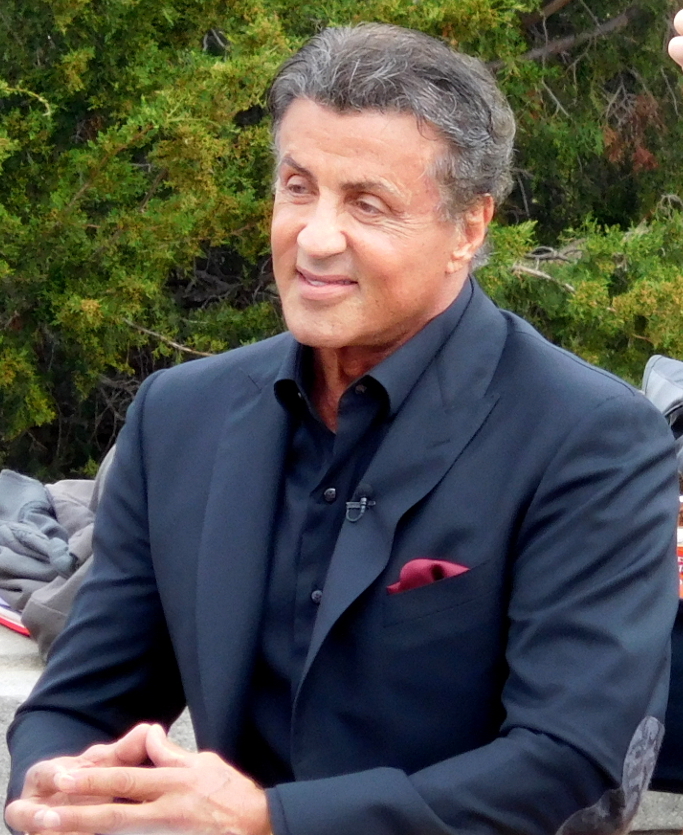
2. **Sylvester Stallone: The Traumatized Veteran and One-Man Army**
After hitting an Oscar-nominated high with “Rocky” beginning in the 1970s, Sylvester Stallone dove headfirst into the ’80s, starring in (and often writing) some of the most memorable action flicks of the decade. His ability to craft compelling characters, even within the most explosive narratives, was truly a hallmark of his incredible career, making him an inescapable force. He consistently delivered box office thrills, defining an era of cinematic machismo.
As an ’80s action hero, Stallone is most famously remembered for his portrayal of John Rambo. “First Blood,” released in 1982, introduced us to a radically different kind of action hero: a traumatized Vietnam veteran fighting against a system that had forgotten him. This initial portrayal offered a sympathetic figure, resonating deeply with audiences who understood his struggles and the injustices he faced.
However, as the decade progressed, Rambo’s character underwent a significant transformation in the sequels. From his empathetic beginnings, he evolved into an unstoppable, over-the-top super-soldier in films like 1985’s “Rambo: First Blood Part II” and 1988’s “Rambo III.” This evolution created the definitive template for the “one-man-army” action hero, a concept that would be imitated endlessly in the years to follow.
Beyond the jungles and battlefields of the Rambo franchise, Stallone continued to deliver action-packed thrills. He starred in “Cobra” (1986), which gave us the unforgettable badass line, “You’re a disease — and I’m the cure.” This film, along with “Tango & Cash” (1989) and “Lock Up” (1989), further showcased his range within the genre, solidifying his status as an action icon. His commitment to his roles truly defined a significant portion of ’80s action cinema.

3. **Bruce Willis: The Relatable Everyman Hero**
Just as the ’80s were drawing to a close, a new kind of action hero exploded onto the scene, forever changing what audiences expected from their leading men. That hero was John McClane, and the man who brought him to life was the incomparable Bruce Willis. His debut in 1988’s “Die Hard” wasn’t just a movie; it was a revolution, redefining the genre by introducing a hero who was far from superhuman.
McClane wasn’t your typical muscled-up super-soldier or a highly trained assassin; he was just an ordinary cop, a normal guy caught in the absolute wrong place at the wrong time—his estranged wife’s Christmas Eve party in a high-rise taken over by terrorists. This grounded approach made him incredibly relatable, a refreshing contrast to the invincible titans who often dominated the screen. You felt his pain, rooted for his struggles, and desperately hoped he’d make it out alive.
What made Willis’s portrayal so impactful was McClane’s human frailty, combined with an unwavering determination and quick wit. You could feel his struggles and laugh at his sarcastic one-liners, especially that iconic, unforgettable phrase, “Yippee ki yay, mother****er!” It was a line that wasn’t just badass, but intrinsically tied to the character’s everyman charm and refusal to back down, making him a household name.
This blend of vulnerability and resilience created an entirely new archetype for action heroes. While McClane might have gotten progressively more superhuman in the four “Die Hard” sequels that followed, the original film remains a classic for its innovative approach. It truly set Willis up as an action star who would dominate the ’90s and beyond, proving that sometimes, being human is the most heroic trait of all.
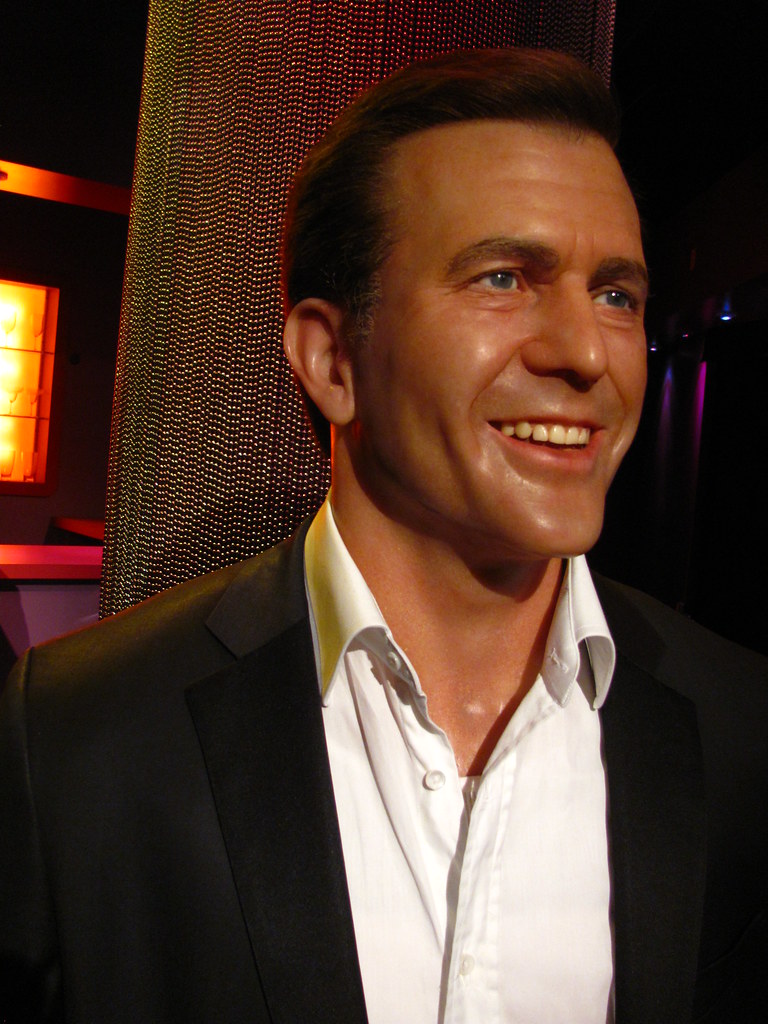
4. **Mel Gibson: The Unstable Maverick Cop**
Before he truly exploded onto the American action movie scene, Mel Gibson had already honed his action-hero credentials as the iconic post-apocalyptic warrior Max Rockatansky. Starting with the original “Mad Max” in 1979, he continued this intense portrayal in the ’80s sequels “Mad Max 2: The Road Warrior” (1981) and “Mad Max Beyond Thunderdome” (1985). These roles established his capacity for raw, unbridled energy and compelling, nuanced performances in high-octane settings.
However, it was his role as Martin Riggs in 1987’s “Lethal Weapon” that truly cemented his place in the ’80s action pantheon. This film was groundbreaking, introducing the concept of an unstable, borderline suicidal cop who was as dangerous to himself as he was to the criminals he pursued. Riggs was a character brimming with psychological trauma, making him far more complex than many action heroes of the era.
Gibson’s portrayal of Riggs, with his unorthodox methods and unpredictable nature, combined seamlessly with the burgeoning buddy cop dynamic of the film. This wasn’t just about explosions and car chases; it was about character depth and the emotional turmoil simmering beneath the surface of a tough exterior. It created a new standard for how much psychological complexity an action movie could realistically carry, making the stakes feel profoundly personal.
The success of “Lethal Weapon” and its 1989 sequel “Lethal Weapon 2” (with more sequels to follow in the ’90s) proved that audiences were hungry for heroes with a bit more baggage. Gibson’s ability to swing between intense vulnerability and explosive action, often punctuated by that unforgettable line, “You call me crazy, you think I’m crazy? You wanna see crazy?” truly set him apart. He evolved the action hero, bringing a new dimension to the genre.
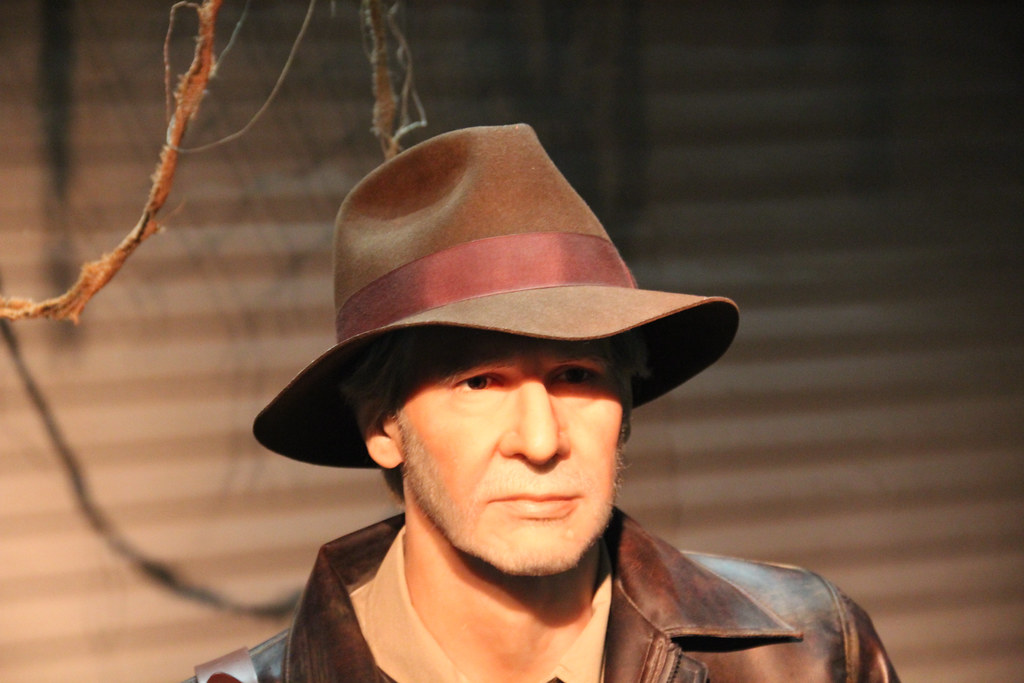
5. **Harrison Ford: The Intellectual Adventurer**
Harrison Ford, oh man, where do we even begin? This guy wasn’t just an action star; he was the very face of 1980s blockbuster entertainment, a true icon who effortlessly jumped from sci-fi galaxies to ancient temples. He entered the ’80s with a bang, reprising his swashbuckling Han Solo role in 1980’s “The Empire Strikes Back,” keeping us all on the edge of our seats with that unforgettable carbonite cliffhanger.
But Ford wasn’t merely riding the enduring goodwill of “Star Wars”; the ’80s saw him truly cement his legendary status by headlining the iconic “Indiana Jones” trilogy. Films like “Raiders of the Lost Ark” (1981), “Indiana Jones and the Temple of Doom” (1984), and “Indiana Jones and the Last Crusade” (1989) didn’t just dominate the box office; they single-handedly revolutionized action sequences with their unique flair.
“Raiders of the Lost Ark,” though technically an adventure series, was a masterclass in action, blending humor, rich historical elements, and absolutely spectacular stunts. What “Indiana Jones” proved was that an action hero didn’t have to be just brawn; he could be both intellectual and tough. This groundbreaking portrayal created the definitive template for the scholarly adventurer, a character type that continues to captivate audiences globally.
Ford’s influence extended beyond these massive tentpoles. Even in films that weren’t immediate box office giants, like 1982’s “Blade Runner,” he left an indelible mark, helping to redefine the look and feel of sci-fi cinema for decades to come. With a memorable badass line like, “You want to talk to God? Let’s go see him together. I’ve got nothing better to do,” from “Raiders of the Lost Ark,” he didn’t just deliver lines; he delivered an attitude that resonated deeply, making him an enduring icon.
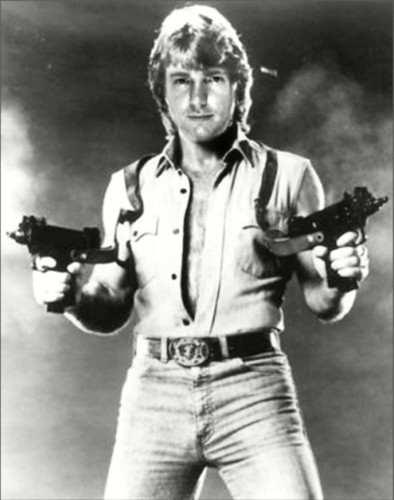
6. **Chuck Norris: The Quintessential American Martial Arts Icon**
Before the internet was even a twinkle in anyone’s eye, and long before “Chuck Norris facts” became a cultural phenomenon, Chuck Norris was already proving his legendary indestructibility on the big screen. The man was, and still is, a force of nature, embodying a unique blend of martial arts prowess and rugged American individualism that truly set him apart in the ’80s action landscape.
His defining moment came with “Lone Wolf McQuade” in 1983, a film that firmly established Norris as the quintessential American martial arts action hero. His stoic Texas Ranger character was a brilliant fusion, combining the precise, disciplined techniques of Eastern fighting with the rugged, no-nonsense aesthetics of a Western cowboy. This created a unique hybrid that wasn’t just popular; it influenced action films for decades to come.
This iconic blend of styles not only made him a box office draw but also laid the groundwork for his incredibly long-running and beloved “Walker, Texas Ranger” series. It demonstrated that martial arts could be successfully integrated into a distinctly American narrative, appealing to a broad audience who loved both a good kick and a classic Western showdown, all without sacrificing his signature intensity.
Beyond “Lone Wolf McQuade,” Norris’s ’80s filmography is packed with hits that further solidified his tough-guy image. The “Missing in Action” films (the 1984 original and its 1985 sequel) and “The Delta Force” features (1986 and 1990) are among his best-remembered from the era. These films showcased his signature brand of no-holds-barred action, often punctuated by memorable badass lines like, “Sleep tight, sucker!” He was an institution, a symbol of strength and unwavering resolve.
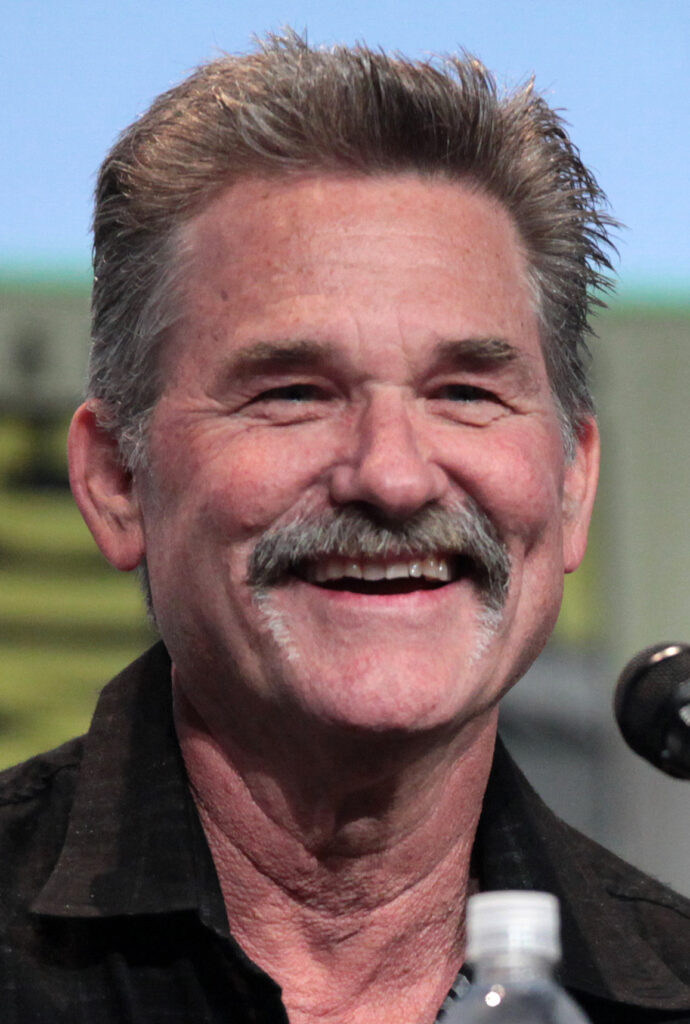
7. **Kurt Russell as Snake Plissken: The Cynical Anti-Hero**
When you think of a quintessential ’80s action hero, you might picture chiseled muscles and patriotic fervor. But then there’s Kurt Russell, who, through his iconic portrayal of Snake Plissken, shattered those expectations and introduced mainstream action cinema to the glorious concept of the anti-hero. His performance in John Carpenter’s 1981 classic, “Escape from New York,” wasn’t just a role; it was a defiant statement, a sneering smirk in the face of conventional heroism.
Snake Plissken was everything a traditional hero wasn’t: cynical, reluctant, and driven purely by self-preservation, with a healthy dose of contempt for authority. He wasn’t seeking glory or saving the world out of altruism; he was just trying to get by, navigating a dystopian future where Manhattan Island had been converted into a maximum-security prison. This raw, gritty authenticity was a breath of fresh air, challenging audiences to root for a character who walked a very different path.
Russell’s portrayal brilliantly captured Plissken’s detached cool and gruff demeanor, making him effortlessly cool without trying too hard. This wasn’t about flashy speeches or overt displays of emotion; it was about subtle gestures, a piercing gaze, and an unshakeable resolve that spoke volumes. He showed that you didn’t need a cape or a perfectly clean record to be compelling; sometimes, all you needed was an eyepatch and an attitude.
The impact of Snake Plissken was enormous, creating a new archetype for action protagonists who simply didn’t fit the traditional hero mold. His cynical attitude and reluctant heroism cast a long shadow, influencing countless future characters, from the desolate landscapes of “Mad Max” to the gritty protagonists of innumerable video games. It was a character that proved anti-heroes could be just as, if not more, engaging than their morally upright counterparts, truly earning his spot as a soul of ’80s action.
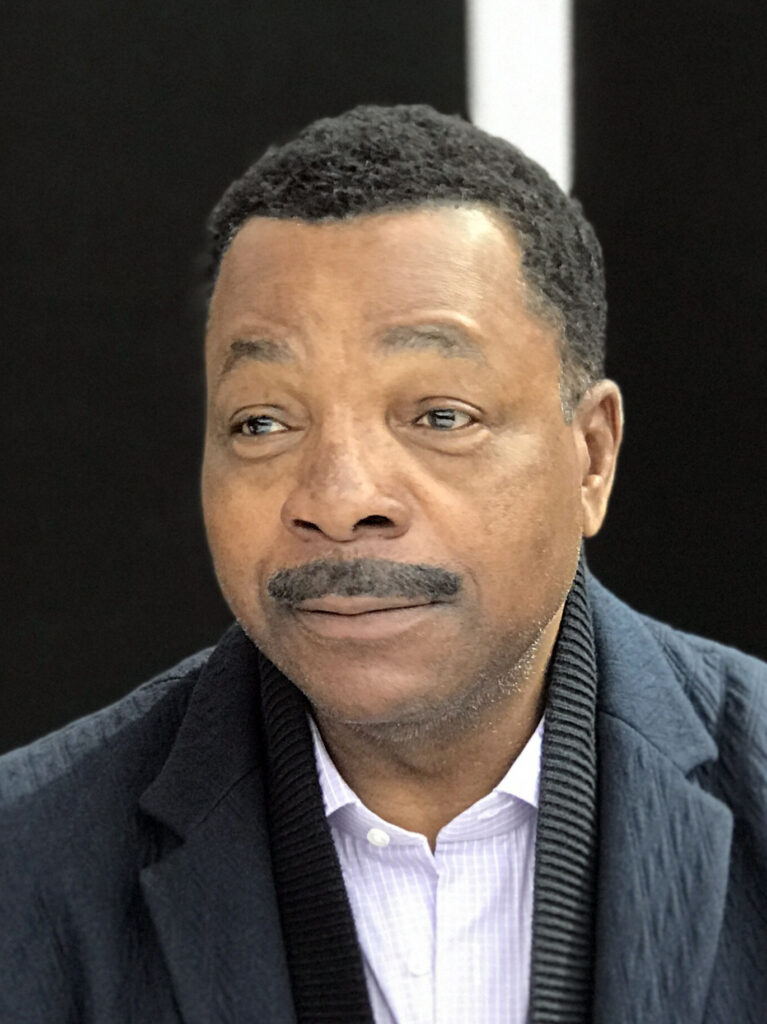
8. **Carl Weathers as Apollo Creed: The Evolving Supporting Character**
While Apollo Creed made his unforgettable debut in the 1970s, it was his profound evolution throughout the ’80s *Rocky* sequels that cemented Carl Weathers’ legacy as a pivotal figure in action cinema. His journey was truly groundbreaking, challenging the conventional portrayal of supporting characters and adding immense depth to what could have been a straightforward boxing franchise. Weathers helped illustrate that even in the most explosive narratives, characters could grow, adapt, and become something far more significant than their initial introduction.
Apollo’s transformation from the formidable, charismatic antagonist of the early films into a beloved mentor and friend was nothing short of revolutionary. Instead of fading into the background, he became an integral part of Rocky Balboa’s world, offering guidance and a powerful emotional core. This shift showcased a remarkable versatility in the *Rocky* series, proving that even a rival could become a cherished ally, deeply impacting both the protagonist and the audience.
This evolving dynamic created a powerful template for complex character development in action franchises that followed. Apollo Creed wasn’t just a plot device; he was a living, breathing character whose journey mirrored the struggles and triumphs of the hero. Carl Weathers’ portrayal ensured that supporting roles could carry significant weight and emotional resonance, a concept that continues to influence filmmaking today. He proved that even on the sidelines, an actor could be the soul of a series.
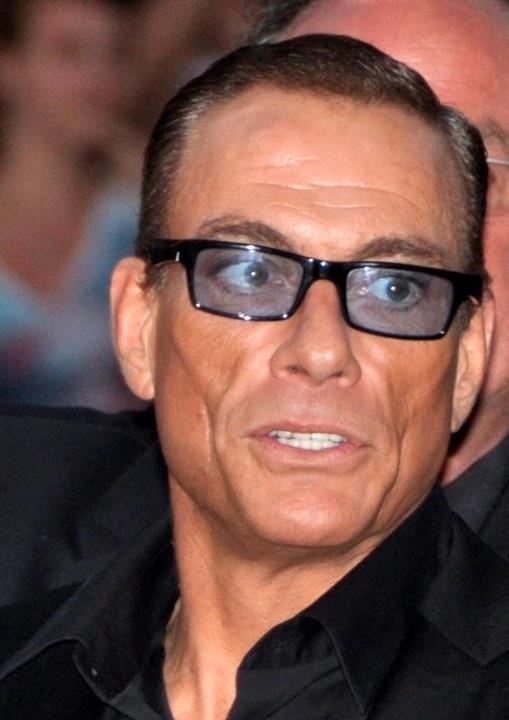
9. **Jean-Claude Van Damme as Frank Dux: The Martial Arts Choreographer**
By the tail end of the ’80s, a new kind of action star was emerging, and Jean-Claude Van Damme was at the forefront, ready to kick, punch, and split his way into our hearts. His breakout role as Frank Dux in 1988’s *Bloodsport* wasn’t just a movie; it was a phenomenon that brought high-stakes, tournament-style martial arts action squarely into the mainstream. Van Damme’s athletic prowess, incredible flexibility, and signature dramatic splits became instant icons, leaving audiences utterly mesmerized by his raw power and precision.
*Bloodsport* proved that a film centered entirely around a martial arts tournament could captivate audiences worldwide. Van Damme’s portrayal wasn’t just about delivering lines; it was about the physicality, the grace, and the brutal efficiency of his fighting style. He pushed the boundaries of cinematic combat, making every kick and punch feel visceral and real. This film alone profoundly influenced how martial arts sequences were choreographed and filmed in Hollywood productions for years to come, setting a new gold standard for on-screen fighting.
His impact didn’t stop with *Bloodsport*. Van Damme quickly followed up with other cult favorites like *Cyborg* (1989) and *Kickboxer* (1989), further cementing his place as a rising star just as the decade closed. These films showcased his unique blend of martial arts skill and captivating screen presence, establishing him as the next big European action star. He was, quite literally, hitting it big before his true explosion in the ’90s.
Van Damme’s confidence was palpable, translating into a screen persona that radiated pure, unadulterated martial arts energy. He truly believed in his craft, as perhaps best encapsulated by a famous real-life quote where he optimistically declared it “impossible for me to make a bad movie.” This self-assuredness was part of his charm, perfectly aligning with the larger-than-life aspirations of ’80s action. He didn’t just fight on screen; he embodied a new era of martial arts choreography.

10. **Michael Dudikoff as Joe Armstrong: The Ninja Phenomenon**
If you were a kid in the ’80s, chances are you knew who Michael Dudikoff was, primarily through his starring role as Joe Armstrong in 1985’s *American Ninja*. This film wasn’t just another action flick; it was a cultural touchstone that single-handedly popularized ninja-themed action movies in Western cinema. Suddenly, everyone wanted to be a ninja, and Dudikoff’s stoic, mysterious portrayal made it look effortlessly cool and attainable.
*American Ninja* masterfully created an entirely new subgenre, blending the ancient, mystical allure of traditional martial arts with the gritty realism of modern military elements. It wasn’t just about martial arts purity; it was about a soldier using these deadly skills in contemporary, high-stakes conflicts. This unique hybrid captivated a generation, showing that old traditions could seamlessly merge with new narratives, providing fresh thrills and inspiring countless backyard ninja battles.
The influence of Dudikoff’s Joe Armstrong extended far beyond the confines of the film series. The *American Ninja* franchise became a significant template, inspiring everything from popular toy lines like G.I. Joe with their ninja characters to a wave of direct-to-video action films that mimicked its successful formula. Dudikoff became synonymous with the ninja craze, bringing this enigmatic warrior into the mainstream consciousness and making him a hero for an entire generation.
Through his quiet intensity and disciplined movements, Dudikoff carved out a niche that was uniquely his own. He proved that even a masked warrior, often operating in the shadows, could become a bright shining star in the action firmament. His contribution ensured that the ninja would remain a beloved and formidable figure in popular culture for decades to come, moving from Eastern legends to Western blockbusters.
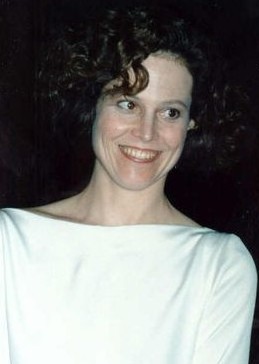
11. **Sigourney Weaver as Ellen Ripley: The Revolutionary Female Action Hero**
In an era famously dominated by muscle-bound male protagonists, Sigourney Weaver burst through the glass ceiling, redefining what a female action hero could truly be. While her journey as Ellen Ripley began in 1979’s *Alien*, it was in James Cameron’s action-heavy 1986 sequel, *Aliens*, that she transformed into a full-fledged, undisputed action icon. Weaver’s portrayal was not just a standout performance; it was a revolution in female representation, showing the world that heroism knows no gender.
*Aliens* showcased Ripley’s breathtaking evolution from a lone survivor battling one xenomorph to a fierce warrior, fiercely protecting a young girl from an entire hive. This powerful shift, combined with her maternal instincts and warrior spirit, forged a new, complex template for strong female protagonists. She wasn’t simply a damsel in distress or a sidekick; she was the central force, driven by both primal protection and unwavering resolve, proving that strength could come in many forms.
Weaver’s Ripley shattered traditional gender roles in action cinema, demonstrating that a woman could be intelligent, capable, vulnerable, and absolutely terrifyingly effective in combat. Her character resonated deeply because she was human, flawed, yet utterly indomitable. This groundbreaking combination inspired a generation of filmmakers and actresses, opening doors for diverse voices and paving the way for the robust female action heroes we see on screen today. She proved that action could be just as gripping, if not more so, with a woman leading the charge.
Beyond the terrifying confines of the *Alien* universe, Weaver showcased her remarkable range throughout the decade. She was Dana Barrett in the smash-hit *Ghostbusters* movies, deftly blending comedy with supernatural thrills. She also garnered critical acclaim and Oscar nominations for more intimate fare like *Gorillas in the Mist* and *Working Girl*, proving she was an unstoppable cinematic force. Weaver effortlessly glided between blockbusters and grounded dramas, solidifying her status as one of the most versatile and impactful stars of the ’80s. She truly became an indispensable part of this decade’s movies, not just as Ripley, but as an actress of immense caliber.
Read more about: Sigourney Weaver, 74 and Glowing: A Red Carpet Reignition and Her Enduring Legacy at the Venice Film Festival!
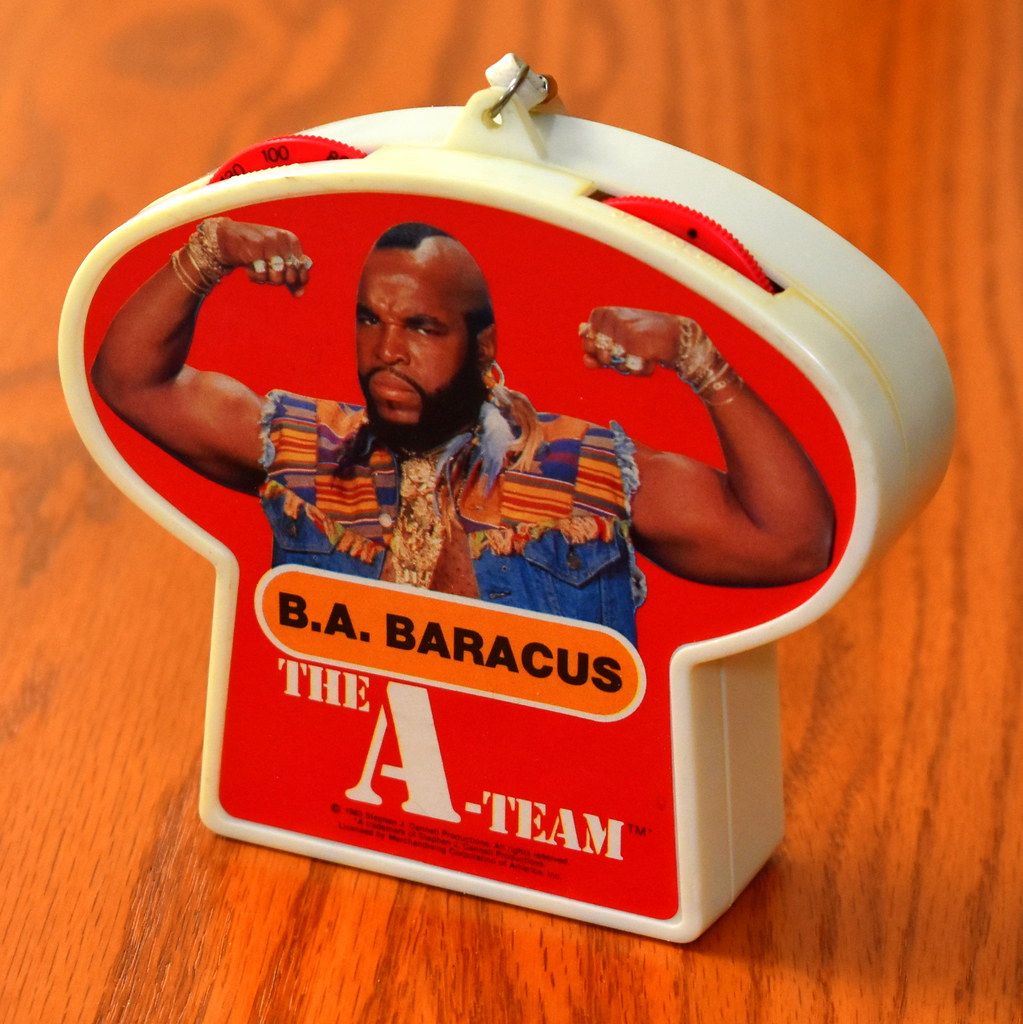
12. **Mr. T as B.A. Baracus: The Television Sensation and Cultural Icon**
Before the days of viral memes and instant internet fame, there was Mr. T, whose portrayal of B.A. Baracus on *The A-Team* (1983-1987) made him an undeniable cultural phenomenon of the 1980s. This show wasn’t just bringing action heroes to television; it was creating a household name, making Mr. T’s distinctive look, powerful catchphrases, and unforgettable persona an integral part of pop culture. He became an icon, larger-than-life and instantly recognizable across the globe.
B.A. Baracus was a character unlike any other, instantly identifiable by his signature mohawk, a dazzling array of gold chains, and his intimidating yet ultimately lovable demeanor. His memorable catchphrases, like “I pity the fool!” or “I ain’t gettin’ on no plane!”, became instant classics, repeated by fans of all ages. This distinctive visual and verbal style made him incredibly marketable, bridging the gap between a television character and a genuine cultural sensation.
What truly set B.A. Baracus apart was his unique combination of undeniable toughness and a surprisingly soft, loyal heart. He might have been fearsome in a fight, but he also had a deep sense of justice and an unwavering loyalty to his friends. This blend allowed *The A-Team* to appeal to a broad audience, influencing how action heroes could be marketed to mainstream audiences, including children. He showed that an action star could be both a formidable force and a relatable, even endearing, figure.
Mr. T’s impact was monumental, extending far beyond the television screen into merchandise, cartoons, and public appearances. He wasn’t just an actor; he was a brand, a symbol of strength, integrity, and a little bit of fun-loving mischief. His enduring popularity proves that some action heroes don’t need a massive blockbuster budget to become truly legendary; sometimes, all it takes is a distinctive look, a few iconic lines, and a whole lot of heart.

13. **Michelle Yeoh as Inspector Yang: The Acrobatic Hong Kong Star**
As the world of action cinema began to expand its horizons in the 1980s, Hong Kong emerged as a formidable force, delivering groundbreaking choreography and undeniable star power. Michelle Yeoh was at the forefront of this revolution, establishing herself as one of Hong Kong’s premier action stars with her incredible martial arts prowess. Her role as Inspector Yang in films like *Yes, Madam!* (1985) was a revelation, showcasing a level of athletic, acrobatic combat that audiences had rarely witnessed.
*Yes, Madam!* wasn’t just a vehicle for Yeoh’s talents; it was a benchmark for female-led action films. Her fighting style was characterized by breathtaking stunts, precise movements, and an almost balletic grace, executed with a raw power that left audiences spellbound. She didn’t rely on special effects; she performed her own demanding choreography with an authenticity that made every scene crackle with energy. It was a masterclass in physical storytelling.
Yeoh’s distinctive style of acrobatic combat and her sheer dedication influenced how female action scenes would be choreographed for decades to come, not just in Hong Kong but globally. She proved that women could lead incredibly demanding, physically intense action sequences with unparalleled skill and conviction. Her work opened doors for countless actresses who followed, showing that female action heroes could be both powerful and elegant, delivering genuine martial arts mastery.
In an era that often pigeonholed actresses, Michelle Yeoh carved out a path defined by strength and extraordinary talent. She was not only a star but also a visionary, pushing the boundaries of what was possible for women in action cinema. Her legacy, firmly rooted in the groundbreaking ’80s Hong Kong action scene, continues to inspire and redefine expectations for martial arts performances worldwide. She brought an artistry to action that was truly unique and unforgettable.
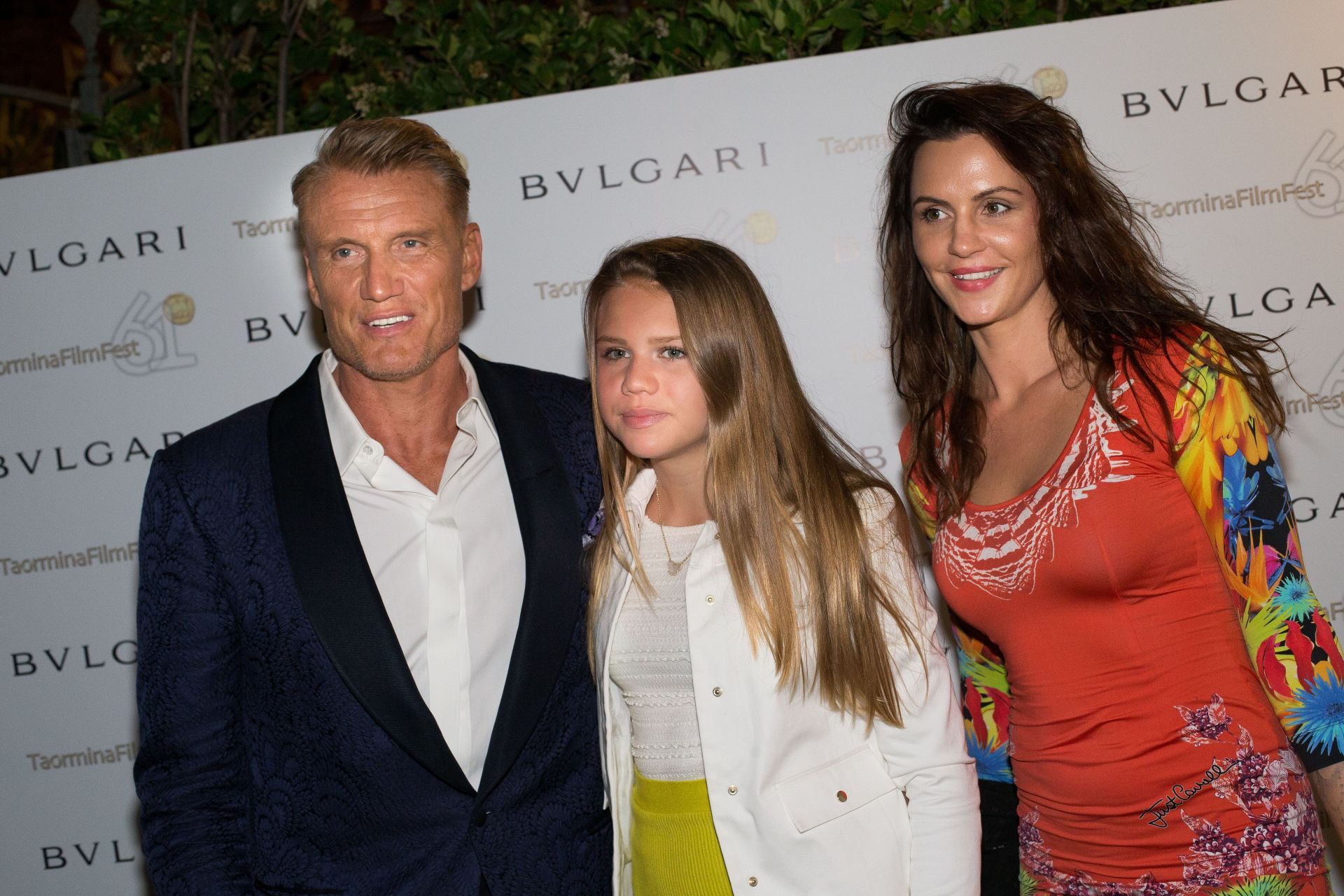
14. **Dolph Lundgren as Ivan Drago: The Invincible Antagonist**
Every hero needs a formidable opponent, and in 1985, *Rocky IV* delivered one of the most iconic antagonists in action cinema history: Dolph Lundgren as the intimidating Soviet boxer, Ivan Drago. Lundgren’s portrayal wasn’t just a supporting role; it was a tour de force that created the definitive template for the seemingly invincible foreign antagonist, a character type that would become a staple of ’80s action films and beyond. He was the personification of an unstoppable, cold, calculating force.
Drago was designed to be the antithesis of Rocky Balboa: an emotionless, scientifically-enhanced warrior, a product of a powerful, impersonal system. Lundgren’s towering physique, stoic demeanor, and infamous line, “I must break you,” made him an immediate and terrifying presence. He represented an almost insurmountable obstacle, perfectly embodying the Cold War tensions of the era and amplifying the stakes to a global scale. Audiences truly believed he *could* break Rocky.
His chilling portrayal became the blueprint for countless action movie villains. Drago was not just a boxer; he was a symbol of overwhelming, technologically-backed might, stripped of humanity. This archetype of the ‘perfect’ adversary, a silent, powerful threat from another nation, resonated deeply with contemporary fears and desires for a hero to overcome the impossible. Lundgren’s performance set a new standard for what made a villain truly unforgettable.
Dolph Lundgren didn’t just play a character; he *became* Ivan Drago, delivering a performance that was as physically imposing as it was psychologically chilling. Even as the primary antagonist, his impact on ’80s action cinema is undeniable. He proved that villains could be just as memorable, just as iconic, and just as crucial to the genre’s soul as the heroes they opposed. His presence helped define an era where the stakes were often global, and the threats were larger than life.
And there you have it, our exhilarating journey through the careers of 14 phenomenal actors who didn’t just star in action movies—they *became* the very soul of ’70s and ’80s action cinema. From the groundbreakers who set the stage to the diverse titans who solidified the genre’s legacy, each brought a unique blend of grit, charisma, and unforgettable performances. They gave us archetypes that filmmakers still look to today, iconic lines that echo through pop culture, and cinematic moments that continue to thrill. Their impact undeniably shaped what we expect from a blockbuster, proving that whether they were the hero, the anti-hero, or the formidable foe, these legends were, and still are, truly timeless. So, next time you’re settling in for an explosive rewatch, take a moment to appreciate the foundations these incredible talents laid—they truly defined an era!



